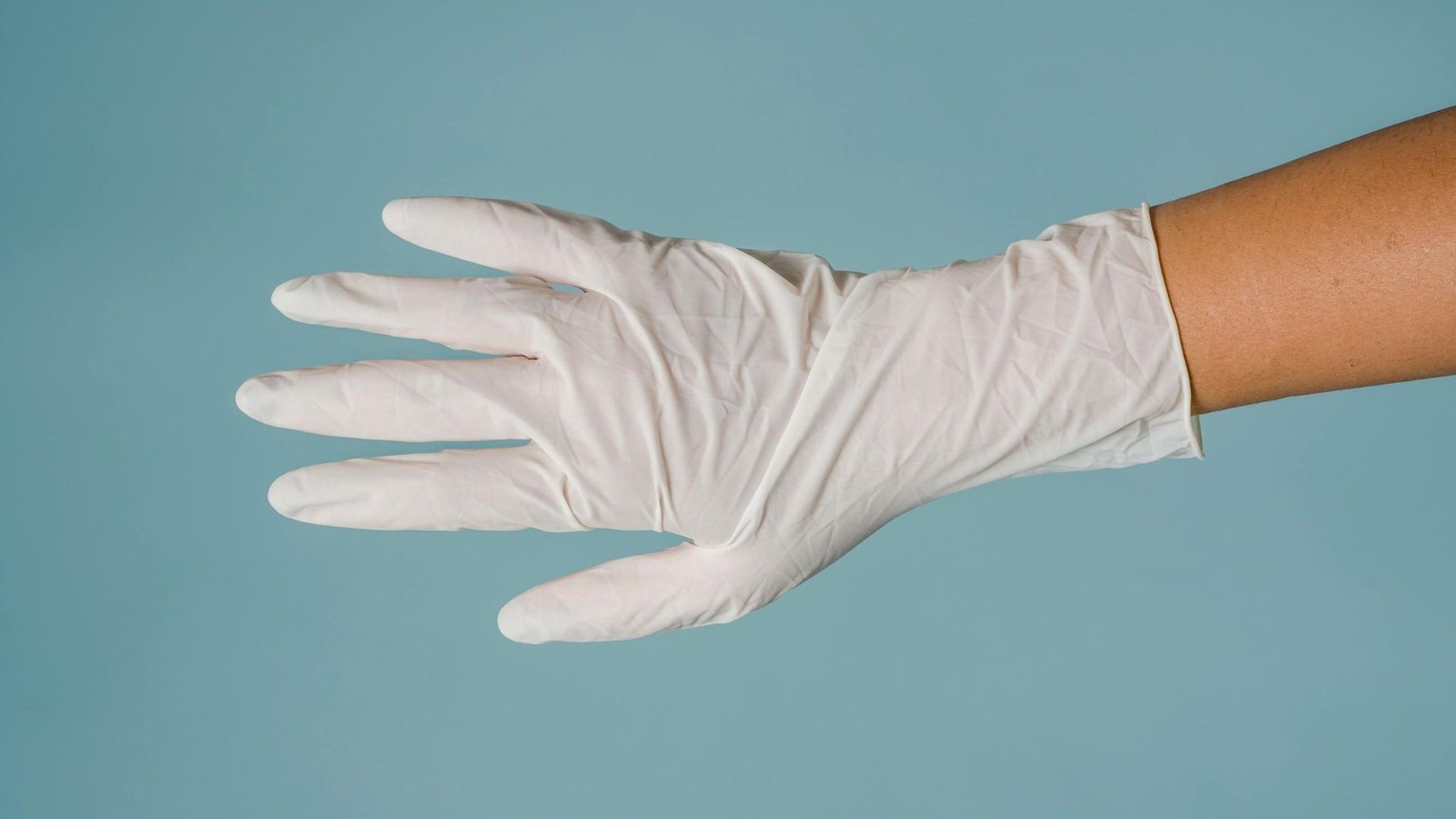Choosing the right size for nitrile gloves is crucial for comfort, safety, and effectiveness. At 2BProtect, we want to ensure you have all the information needed to find the perfect fit. Here’s a comprehensive guide to help you determine the right size for your nitrile gloves, maximizing both protection and dexterity.
Why Nitrile Gloves?
Nitrile gloves are a popular choice due to their durability, resistance to chemicals, and puncture resistance. Unlike latex gloves, nitrile gloves are also hypoallergenic, making them suitable for individuals with latex allergies. However, to reap these benefits, the gloves must fit properly.
Measuring Your Hand
To find the correct glove size, you need to measure your hand accurately. Here’s a step-by-step guide:
- Measure the Width: Use a tape measure to find the circumference of your hand around the widest part, typically just below the knuckles. Ensure your hand is flat and fingers are slightly spread.
- Measure the Length: Measure from the tip of your middle finger to the base of your palm.
Sizing Chart
Once you have your measurements, refer to the following standard sizing chart to find the best fit:
- XS: 6 – 7 inches (15.2 – 17.8 cm)
- S: 7 – 8 inches (17.8 – 20.3 cm)
- M: 8 – 9 inches (20.3 – 22.9 cm)
- L: 9 – 10 inches (22.9 – 25.4 cm)
- XL: 10 – 11 inches (25.4 – 27.9 cm)
Importance of the Right Fit
Wearing gloves that are too tight can cause discomfort, reduce dexterity, and increase the likelihood of tearing. Conversely, gloves that are too loose can impair your ability to handle objects securely and may compromise protection.
Tips for Ensuring a Good Fit
- Try Before You Buy: If possible, try on different sizes to see which one feels the most comfortable and allows for the best range of motion.
- Consider Your Task: For tasks requiring precision, such as medical procedures or detailed mechanical work, a snug fit is essential. For general use, a slightly looser fit may be acceptable.
- Check for Movement: Ensure you can move your fingers freely and that the glove conforms to the shape of your hand without excessive stretching.
Additional Considerations
- Thickness: Nitrile gloves come in various thicknesses. Thicker gloves provide more protection but may reduce tactile sensitivity.
- Powdered vs. Powder-Free: Powder-free gloves are preferable for environments where contamination must be minimized, such as medical or food handling settings.
- Extended Cuffs: For tasks involving submersion in liquids or additional forearm protection, consider gloves with extended cuffs.
Conclusion
Finding the right size nitrile gloves is essential for ensuring maximum protection, comfort, and efficiency. By following the measurement guidelines and considering the nature of your tasks, you can select the perfect fit. At 2BProtect, we are committed to providing high-quality, reliable nitrile gloves that cater to all your safety needs.
#NitrileGloves #GloveSizing #HandProtection #SafetyEquipment #2BProtect

